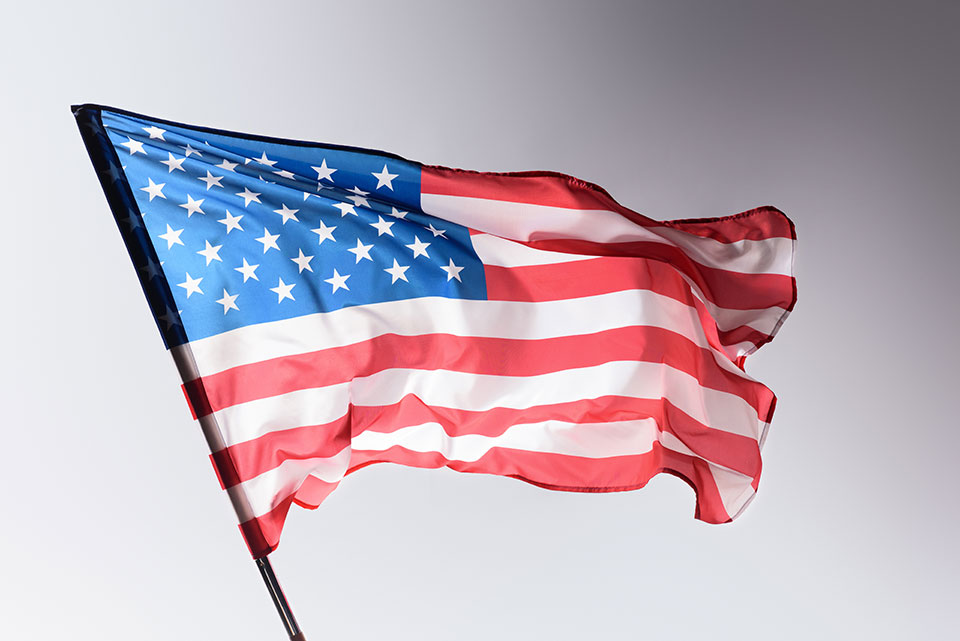Here’s Every Time the United States Sent Military Forces To China

Fifty years ago, President Richard Nixon made a historic journey to China that marked a significant milestone in fostering closer ties between the United States and the People’s Republic of China. However, in recent times, the relationship between the two countries has experienced a discernible chill. The tensions, especially heightened during the tenure of former President Donald Trump, underscore deep-seated concerns regarding China’s authoritative, state-controlled capitalism, its increasing militarization, and its approach to human rights.
The initial hope of improving trade relations and influencing a more liberal government in China has been replaced by frustration on the part of the United States due to China’s adherence to a state-capitalist system. On the other hand, the Chinese Communist Party, led by President Xi Jinping, accuses the U.S. of obstructing China’s development and views the nation as a declining superpower struggling with issues such as racial injustice, widening income disparities, cultural divisions, and political deadlock.
- 1843: In the wake of the First Opium War, the USS St. Louis, flagship of the U.S. East Indies Squadron, deploys Marines to Canton, marking a pivotal moment in Sino-American relations.
- 1854: Against the backdrop of the Taiping Rebellion, a period of civil unrest challenging the Qing government, U.S. forces were dispatched to safeguard American interests in Shanghai.
- 1855: A year preceding the Second Opium War, U.S. forces found themselves in China twice: once to protect American interests in Shanghai and later to combat pirates near Hong Kong.
- 1856: The outbreak of the Second Opium War prompted the deployment of U.S. forces to protect American interests in Canton.
- 1859: In the prelude to the Beijing Agreement, a U.S. naval force was deployed to protect American interests in Shanghai.
- 1866: Post-the U.S. Civil War, American forces are sent to administer reprisals for an assault on the U.S. consul in Newchwang, an episode marking a post-war-era engagement in China.
- 1894-1895: The First Sino-Japanese War saw U.S. Marines serving as an honor guard, emphasizing America’s role amid geopolitical shifts.
- 1898-1899: Amidst reforms and clashes in China, U.S. forces stand guard in Peking and Tientsin, illustrating the entwined nature of Sino-American interests.
- 1900: Active involvement of American troops during the Boxer Uprising reflects a pivotal moment in responding to anti-foreign sentiment and protecting expatriates.
- 1911: U.S. landing forces played a protective role during the collapse of the Qing dynasty, navigating through anti-American boycotts and mass deportations.
- 1912: In the aftermath of the Kuomintang rebellion, U.S. Marines were deployed twice in 1912, underscoring the complexities of the revolutionary fervor that led to the Republic of China.
- 1912-1941: Regular military deployments persisted until the onset of World War II, framing the evolving dynamics of U.S. engagement in a transformative period for China.
- 1916: Amidst geopolitical shifts and the Warlord Period, U.S. forces land in Chungking, serving as a testament to the intricacies of Sino-American relations.
- 1917: The post-Yuan Shikai era witnesses U.S. forces deployed to Chungking, navigating the aftermath of a failed imperial proclamation and China’s descent into warlordism.
- 1920: As a nationalist backlash unfolds against Japanese territories, a U.S. landing force is sent ashore in Kiukiang, highlighting the interconnectedness of regional conflicts.
- 1922-1923: Against the backdrop of the May Fourth Movement, U.S. Marines land in China multiple times from April 1922 to November 1923, marking a response to heightened unrest.
- 1924: The U.S. passage of the National Origins Act coincides with anti-foreign hostilities in China, prompting U.S. Marines to land in Shanghai in a bid to protect Americans amid growing tensions.
- 1925: Escalating Chinese factional conflicts prompt U.S. forces to land in Shanghai from January to August, emphasizing the imperative to protect American lives during a nationwide movement against foreigners.
- 1926: Chiang Kai-shek’s campaign to unite China leads to the deployment of U.S. naval power, highlighting the entwined interests in a tumultuous period.
- 1927: The onset of the Chinese civil war sees increased U.S. Navy and Marines presence, navigating through a period of heightened volatility.
- 1932: Against the backdrop of Japanese occupation, U.S. forces are deployed to protect American interests, marking a crucial chapter amid geopolitical turbulence.
- 1934: As the Communists break out, U.S. Marines land at Foochow to safeguard the American consulate, capturing a moment in history amid Mao Zedong’s rise.
- 1945: The conclusion of World War II witnessed the deployment of U.S. forces in China, shaping the post-war landscape and Sino-American interactions.
- 1948-1949: U.S. Marines safeguarded the embassy in Nanking and facilitated evacuations from Shanghai during the tumultuous establishment of the People’s Republic of China, encapsulating the transitional phase.
- 1954-1955: The concluding chapter unfolds with the Korean War’s aftermath, as the U.S. Navy is deployed to evacuate U.S. citizens and military personnel from the Tachen Islands, marking the final U.S. army operation on Chinese soil.
Have you read?
The 21st Century’s Biggest Financial Frauds and Controversies.
The World’s Most Valuable Unicorns, 2023.
The World’s Top 10 Highest-Paid Wealth Management Executives.
Highest paid chief executive officers in the United States in 2022.
Highly-Paid Entertainment Chief Executives.
Highest paid health insurance CEOs.
Bring the best of the CEOWORLD magazine's global journalism to audiences in the United States and around the world. - Add CEOWORLD magazine to your Google News feed.
Follow CEOWORLD magazine headlines on: Google News, LinkedIn, Twitter, and Facebook.
Copyright 2025 The CEOWORLD magazine. All rights reserved. This material (and any extract from it) must not be copied, redistributed or placed on any website, without CEOWORLD magazine' prior written consent. For media queries, please contact: info@ceoworld.biz








